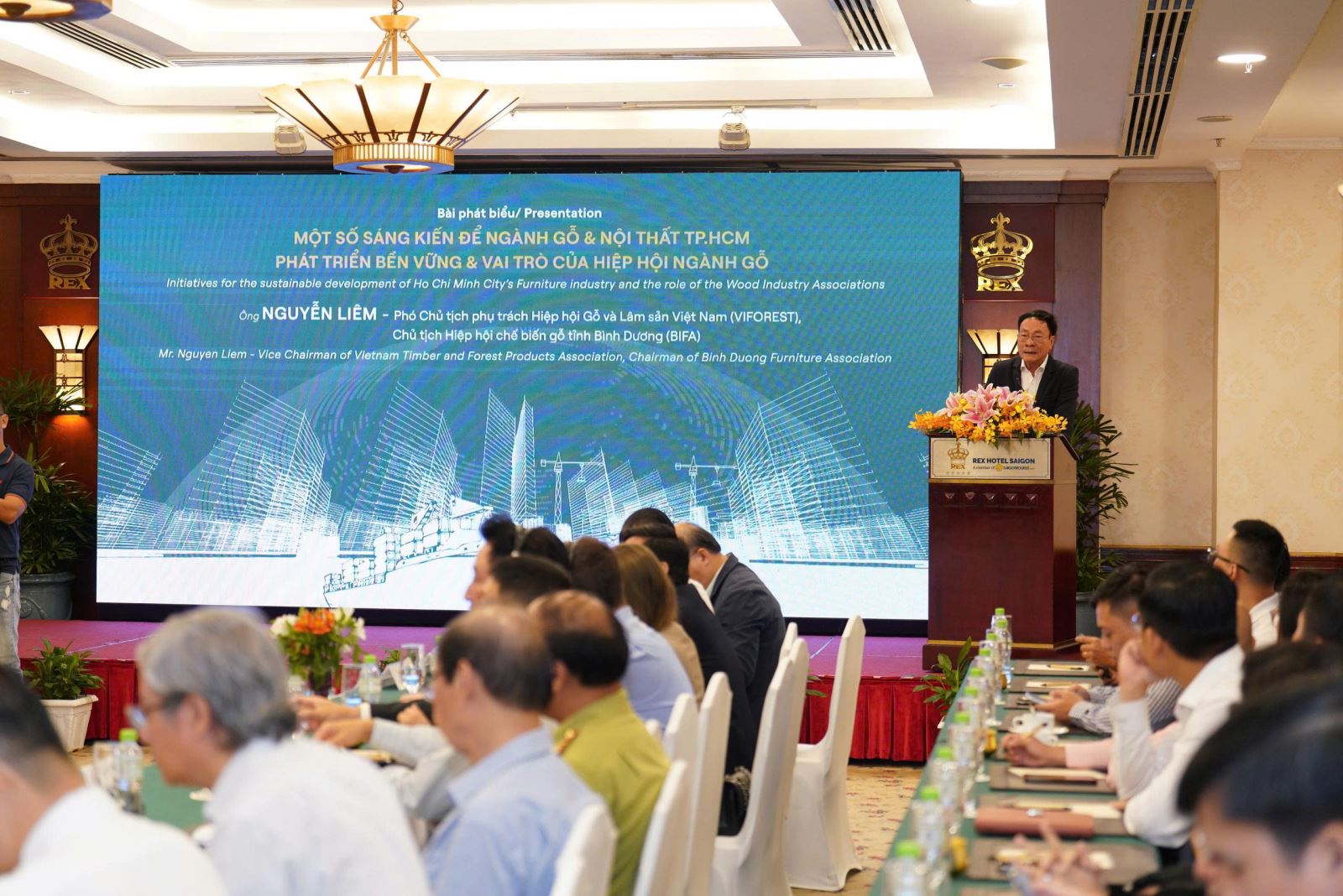
Dual transformation towards sustainable development
At the seminar "Wood and furniture export industry in Ho Chi Minh City - The center of global production and export" held on October 23 in Ho Chi Minh City, Mr. Phung Quoc Man, Chairman of the Handicraft and Wood Processing Association of Ho Chi Minh City (HAWA), said that over the past two decades, the Vietnamese wood industry has made spectacular progress; from a turnover of less than 200 million USD in 1999 to an expected 20 billion USD in 2025, rising to second in the world in exporting wooden furniture, only after China. After the consolidation of administrative boundaries, Ho Chi Minh City currently accounts for nearly half of the country's wood export turnover, and at the same time owns a complete supply chain from production, processing to transportation through a modern seaport system - a strategic advantage to position itself as a center for processing, trading and distributing wood products in Southeast Asia.
According to the Ministry of Agriculture and Rural Development , in the first 9 months of 2025, wood and wood product exports reached 12.52 billion USD, mainly in the US, EU, Japan and South Korea markets. Despite the great potential, the requirements for traceability, sustainable forest standards, carbon emissions and ESG certification are increasingly strict, requiring businesses to innovate comprehensively.
In addition, the size of the Vietnamese interior market is 15 billion USD/year, which can double when including construction and decoration materials. The growth rate of 5-10%/year reflects the increasing demand for housing and green, convenient living space design of Vietnamese people. "Currently, Vietnamese consumers pay attention to design, quality and sustainability. This is the 'billion-dollar home market' that helps businesses reduce dependence on exports, while enhancing Vietnamese brands," said Mr. Phung Quoc Man.
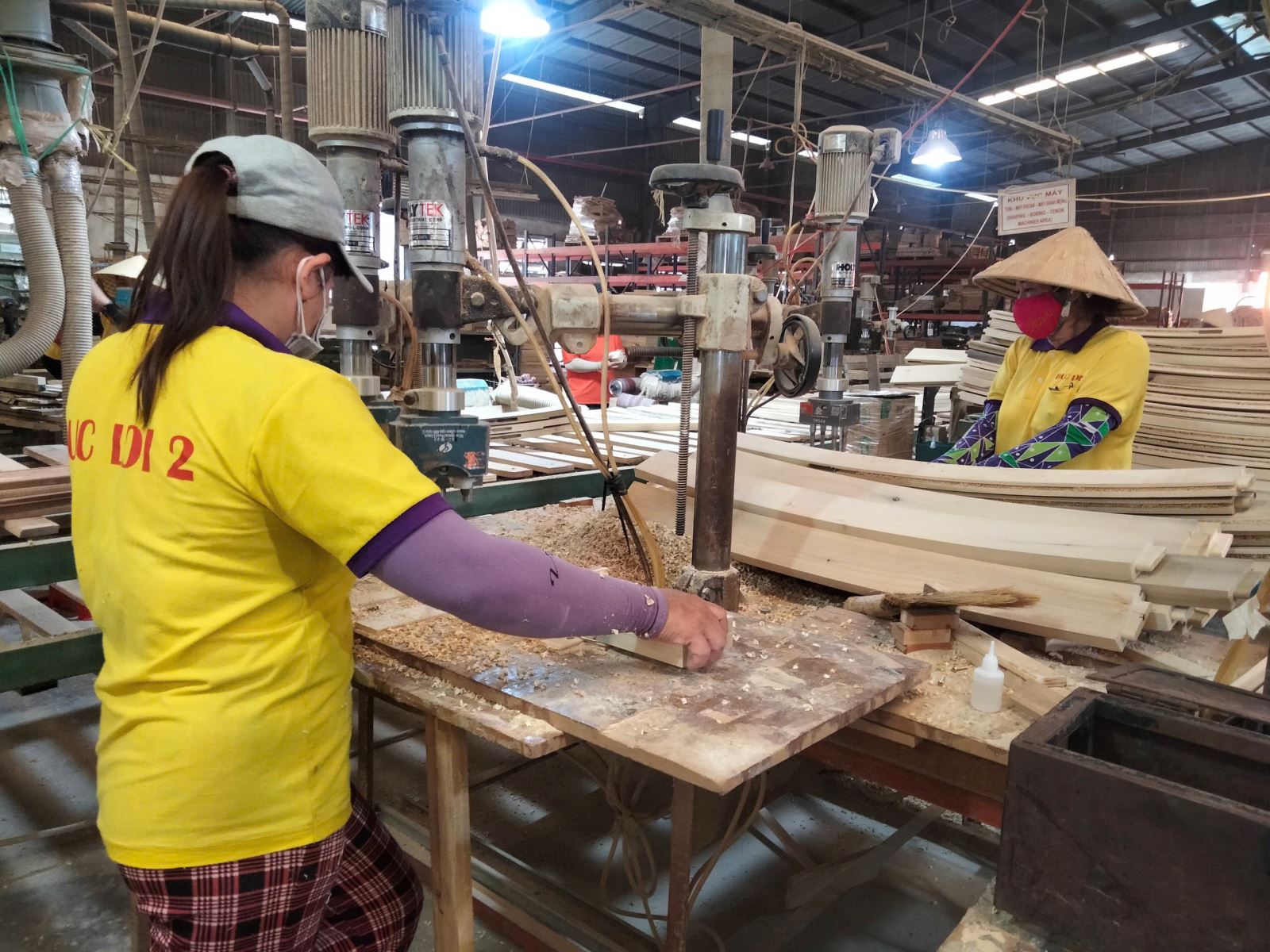
Meanwhile, Mr. Nguyen Liem, Vice President of the Vietnam Timber and Forest Products Association (Viforest), said that the wood industry is entering a dual transformation phase: greening and digitalization. Ho Chi Minh City needs to soon form a center to support green transformation and digitalization of the wood industry, pilot low-emission factory models and green wood industrial clusters with shared infrastructure. This model helps small and medium-sized enterprises save costs and at the same time access international environmental standards, especially for the EU and North American markets.
Mr. Le Duc Nghia, Chairman of the Board of Directors of An Cuong Wood, said that the company has deployed the SAP S/4HANA management system - a comprehensive digital transformation platform from Germany, to synchronize production, financial and supply chain data. Recently, thanks to digital transformation, the unit's productivity increased by more than 20%, operating transparently, saving costs and meeting ESG standards - a mandatory factor if Vietnamese goods want to go far.
According to economic experts, green and smart logistics are currently an important link in this process. Investing in warehouse systems, distribution centers, ICDs and multimodal transport will help reduce logistics costs (currently accounting for 16-20% of the cost), while meeting green export standards. With its position as the largest industrial and commercial center in the country, Ho Chi Minh City has the conditions to build a closed logistics chain for the wood industry, from raw material areas, processing industrial clusters to Cai Mep - Thi Vai deep-water port, competing directly with major centers in the region such as Guangdong (China) or Penang (Malaysia).
Improve production capacity
According to Mr. Nguyen Quoc Khanh, Chairman of AA Corporation, the combination of production capacity, domestic consumption and logistics infrastructure is opening up a golden opportunity for Ho Chi Minh City to become a global center for wood and furniture. To achieve this goal, Ho Chi Minh City needs to form an integrated wood industry ecosystem, including: specialized industrial parks, interior design research centers, wood materials institutes, international exhibition and trade centers and green logistics clusters. In particular, the City needs to aim for 80% of products to meet green standards, use renewable materials and circular production processes.
According to experts, with the advantage of creative human resources, quick adaptability and strategic location, Ho Chi Minh City can completely become the "capital of Southeast Asian wooden furniture" within the next 5-7 years if it knows how to take advantage of digital transformation, free trade policies and global green consumption trends.
In the long term, Ho Chi Minh City needs to plan the Vietnam Furniture Expo City, combining cross-border e-commerce to promote “Made in Vietnam” products to the world. In addition, major furniture brands such as An Cuong, AA, Scansia Pacific, BIFA or Woodsland are expanding their production chains in the direction of “from factory to living room”, both exporting and serving the domestic market.
“This is not just a story about exports but about shaping a creative and sustainable industry, where each Vietnamese furniture product reflects a green living philosophy, modern aesthetics and Asian cultural values,” Mr. Khanh added.
On the other hand, in addition to the green transformation and digitalization strategy, Ho Chi Minh City is also making efforts to form a trade center, display and connect global businesses, promoting the connection between manufacturers - designers - retailers. This will be an important stepping stone to bring the Vietnamese wood - furniture brand to a worthy position in the international market.

Mr. Nguyen Van Duoc, Chairman of the Ho Chi Minh City People's Committee, said that currently, the wood and furniture industry is not only a key export sector, but also a unique creative economic sector that reflects the city's identity and technological level. In the industrial development strategy for the period 2025 - 2035, Ho Chi Minh City also aims to form a modern, green and smart wood industry value chain, closely connected with processing centers in Binh Duong, Dong Nai, Ba Ria - Vung Tau, creating a "wood ecosystem in the Southeast region".
"In the long term, the City will strongly support digital transformation, specialized logistics centers and green wood industrial parks, and build the brand 'Ho Chi Minh City Wooden Furniture - Made in Vietnam' as a symbol of quality, creativity and sustainability of Vietnam on the world map. Regarding the vision of Ho Chi Minh City, it does not stop at production but rather creates a global design - innovation - trade center for the Vietnamese wood industry," Mr. Nguyen Van Duoc added.
Source: https://baotintuc.vn/kinh-te/tp-ho-chi-minh-huong-den-tro-thanh-trung-tam-do-go-va-noi-that-the-gioi-20251023151112146.htm


![[Photo] Prime Minister Pham Minh Chinh meets with South African President Matamela Cyril Ramaphosa](https://vphoto.vietnam.vn/thumb/1200x675/vietnam/resource/IMAGE/2025/10/23/1761226081024_dsc-9845-jpg.webp)

![[Photo] President Luong Cuong holds talks with South African President Matamela Cyril Ramaphosa](https://vphoto.vietnam.vn/thumb/1200x675/vietnam/resource/IMAGE/2025/10/23/1761221878741_ndo_br_1-8416-jpg.webp)
![[Photo] Prime Minister Pham Minh Chinh chairs meeting on railway projects](https://vphoto.vietnam.vn/thumb/1200x675/vietnam/resource/IMAGE/2025/10/23/1761206277171_dsc-9703-jpg.webp)



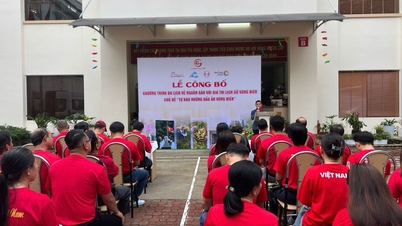



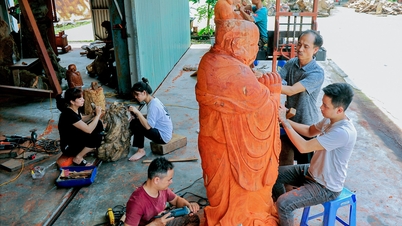

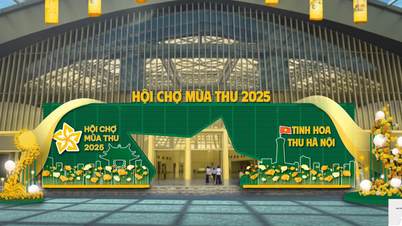




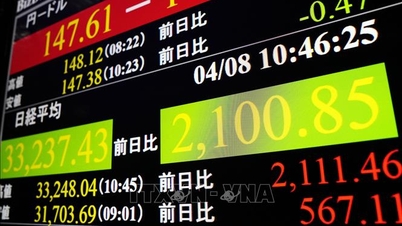
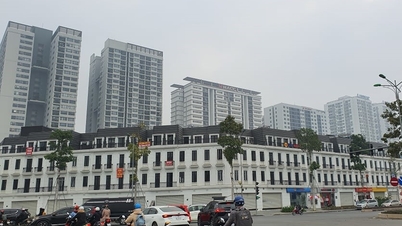







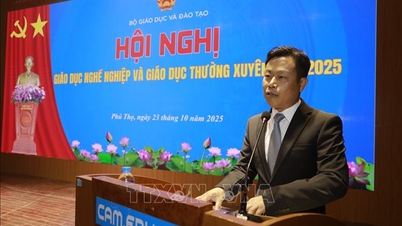













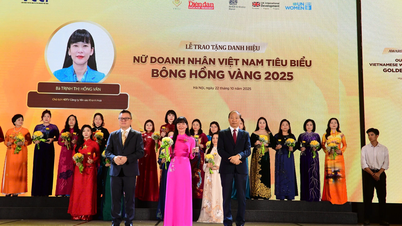





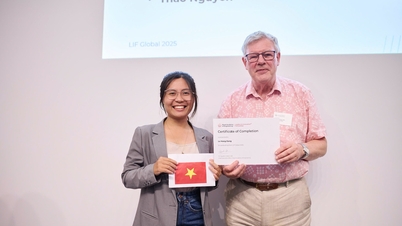





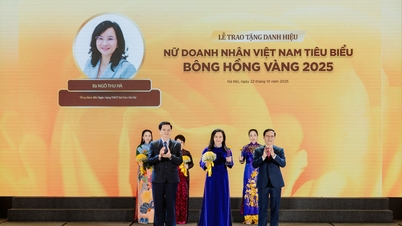


















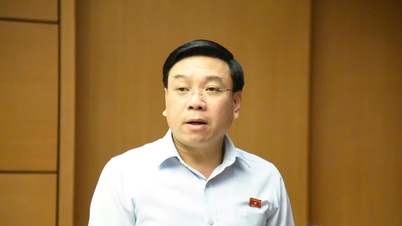






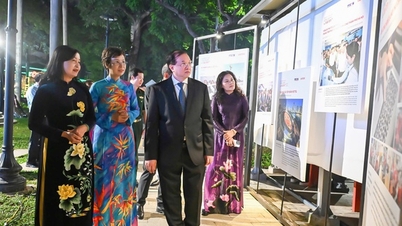





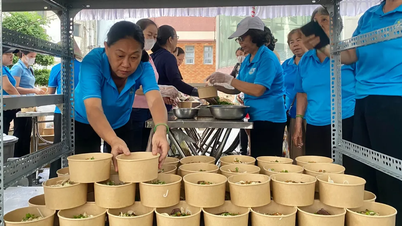






















Comment (0)